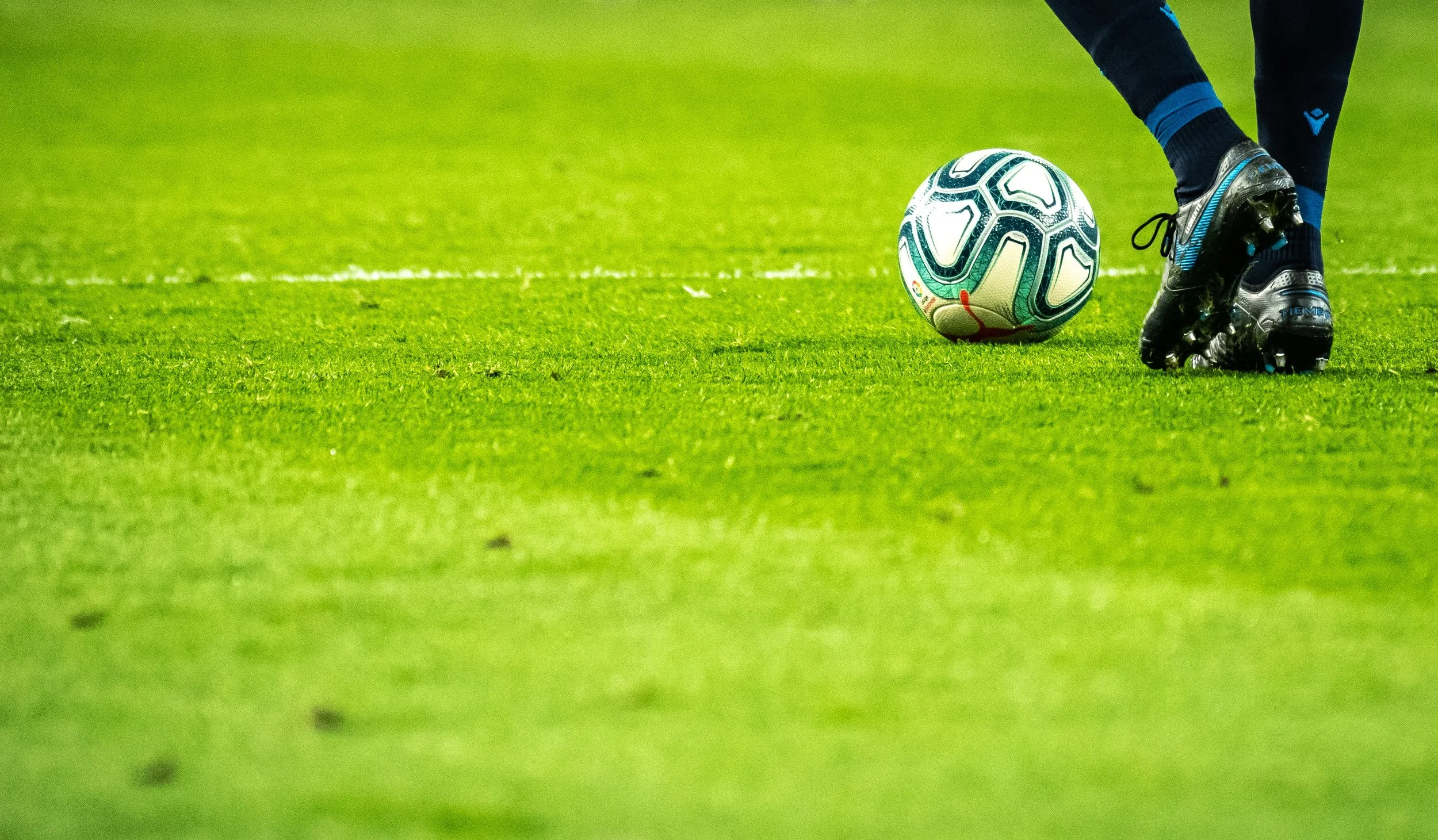Unlike other public health crises that are still searching for solutions to remedy disease, we have the tools and ability RIGHT NOW to prevent sudden cardiac arrest from taking one more young life. Saving a life from sudden cardiac arrest is something everyone can be prepared for, yet polls show that 75% - 79% are more confident responding to a natural disaster, using a fire extinguisher or performing the Heimlich maneuver, with only 37% saying they feel confident using an AED. This accounts for why the AHA reports that ~ 2% of SCA victims receive a shock before EMS arrive (which drops to 1.4% for youth). This has a life-altering impact given the AHA also reports bystander CPR can triple the chance of survival and that 9 in 10 SCA victims survive when they receive a shock in the first minute after collapse. That’s only possible if there is a Cardiac Emergency Response Plan (CERP) in place.
Read MoreThe message from most, if not all, healthcare providers is to seek care as soon as possible, and provide assistance immediately (Hoemeke et al., 2021). From a CPR and first aid perspective, if you see someone injured, call 9-1-1 immediately and go help if you can and feel comfortable enough to provide that kind of assistance. If someone is experiencing a cardiac arrest, one should provide CPR immediately.
Read MoreIn short cardiac arrests can occur anywhere and to anyone. It is shocking that athletes are susceptible to cardiac arrest; despite eating balanced meals, exercising, and following a lifestyle that is often associated with a positive approach to cardiac health.
Read MoreCan you believe that the concept of resuscitation has dramatically evolved over centuries dating back all the way to the 1500s? Here is a complete display of the timeline that the American Heart Association has researched and marked as a few of the major lifesaving events.
Read MoreWho says children can not save lives? A part of a parent’s largest responsibility in raising children is preparing them for the world around them. CPR is one of those valuable skills that children should be encouraged to learn. Not only does it save lives, but makes them more aware of their surroundings and responsible from a very young age.
Read MoreProfessional athletes are not the first people that come to mind when someone says cardiac arrest. Especially young athletes. 29 year-old soccer player, Christian Eriksen had suffered a major cardiac arrest during a game seven months ago (2)
Read MoreRecently witnessed around the world, soccer player Christian Eriksen’s collapse and subsequent resuscitation from sudden cardiac arrest provided a real time, real world example of how the skills taught in bystander CPR can make the difference between life and death.
Read MoreWhen you think of professional athletes, it’s likely you think ‘the pinnacle of human health’. You might think that their pro athlete bodies shield them from illness, disease, and cardiac arrest. However, that is not the case as seen this past weekend when professional soccer player, Christian Eriksen, collapsed on the field and received CPR.
Read MoreSudden cardiac arrest can happen to even the fittest athletes. Coaches, teammates, officials, or spectators may be presented with the opportunity to save their life. If that opportunity arises, will they be ready? 90 minutes of your time to learn CPR may be the difference between life or death. How many minutes do you value a life at?
Read MoreDecreased rates of bystander cpr during Covid-19 has led to increased cardiac arrest deaths. Think you know why? Read more to see if you’re right!
Read MoreCardiac arrest is probably not the biggest thing on your mind while working out but should it be? You’re much more inclined to think, “Am I done yet”, “Do it for the GAINZ”, or “I’m going to thank myself for this later”.
Read MoreCardiac arrest is more likely to occur in an environment outside a CPR training room. So why not practice CPR in an environment where the likelihood of sudden cardiac arrest is greater?
Read More











